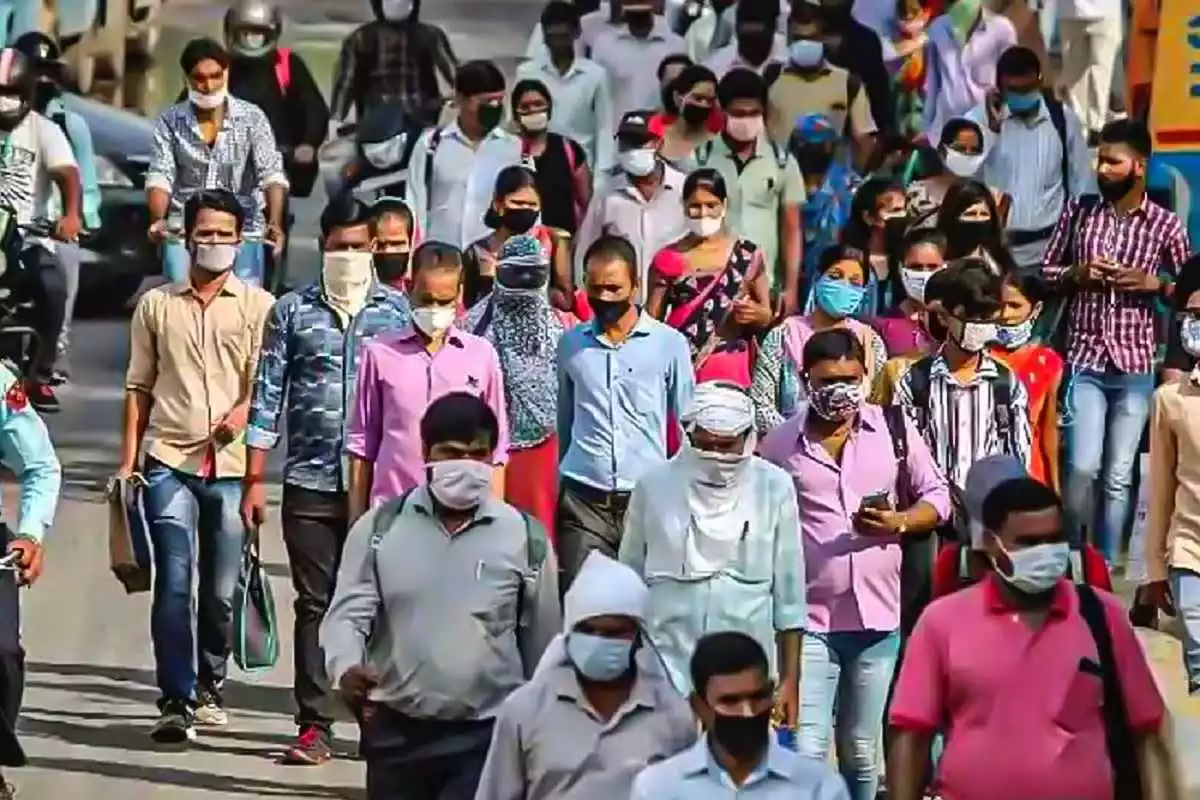
Representative image
In New Delhi: According to a report released on Wednesday by the People’s Research on India’s Consumer Economy (PRICE), a non-profit think tank, India’s middle class is expected to become the country’s largest group by 2047 and contribute the most to the country’s GDP.
The ‘The Rise of India’s Middle Class’ research also predicts that India, which the World Bank currently ranks as the world’s fastest-growing major economy, will maintain its ranking with an average annual economic growth rate of 6-7% until 2047.The middle-class population is estimated to reach 102 crore out of the projected total population of 166 crore in 2047, constituting approximately 61 per cent, the report predicts. In contrast, the middle-class population stood at 43.2 crore in 2021.
These findings are derived from a statistical analysis of primary data collected through PRICE’s ICE 360 pan-India surveys of 200,000 households conducted across three cycles in 2014, 2016, and 2021.
For the projections in the latest PRICE-ICE 360 report, 40,000 households were selected out of a sample of 2,00,000, which were then divided into eight groups based on annual income at 2020-21 prices. The report further uses population growth, household disposable income growth, and rate of urbanisation to project income distribution for 2030 and 2047.
The survey defined the middle-class as households with an annual income of between Rs 5 lakh and Rs 30 lakh. This category was further divided into “seekers”, or those earning between Rs 5-15 lakh annually, and “strivers” who earn Rs 15-30 lakh.
Similarly, the report classified the wealthy into three income groups: near-rich (Rs 30-50 lakh per annum), sheer rich (Rs 1-2 crore per annum), and super-rich (more than Rs 2 crore).
The households with the lowest income levels were categorised as “destitutes” with an income of less than Rs 1.25 lakh a year, followed by “aspirers”, defined as households earning between Rs 1.25 lakh to 5 lakh per annum.
“By 2047, if political and economic reforms have their desired effect, the India income pyramid will have a smallish layer at the bottom comprising the Destitute and Aspirer groups, a huge bulge of the middle class and a big creamy ‘rich’ layer on top,” says the report.
It further notes that the “average annual household disposable income is set to rise to about Rs 20 lakh at 2020-21 prices” by 2047.
According to the report’s demographic predictions for 2030, the nation would “change to a rudimentary diamond where a significant part of the low-income class moves to be a part of the middle class.”
Notably, the survey notes that between 2016 and 2021, growth rates for the super- and sheer-rich income groups exceeded 10%, while growth rates for the middle class ranged from 4% to 7.5%. The destitute category, on the other hand, experienced a shrinkage of 0.6% over the same time period, showing upward mobility. However, the survey states that there is still a significant income gap in India.
(This story has not been edited by Bharat Express staff and is auto-generated from a syndicated feed.)

















